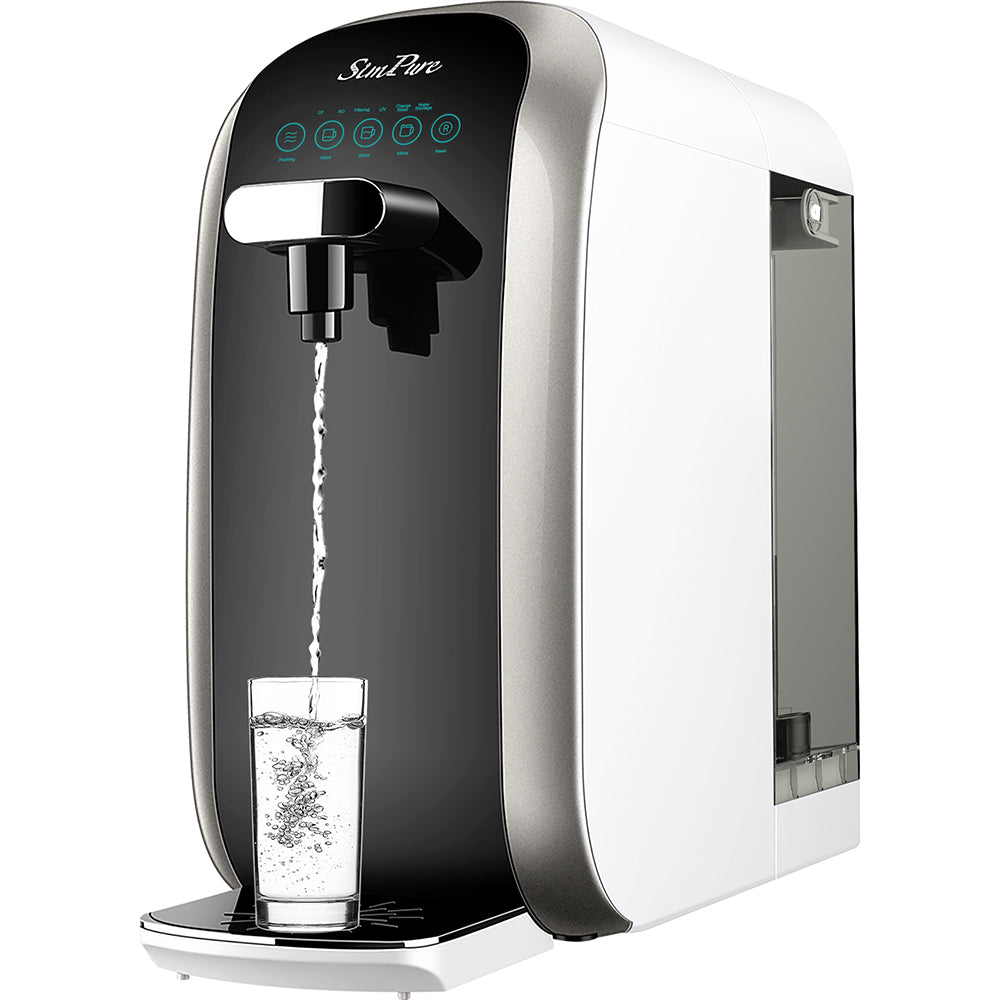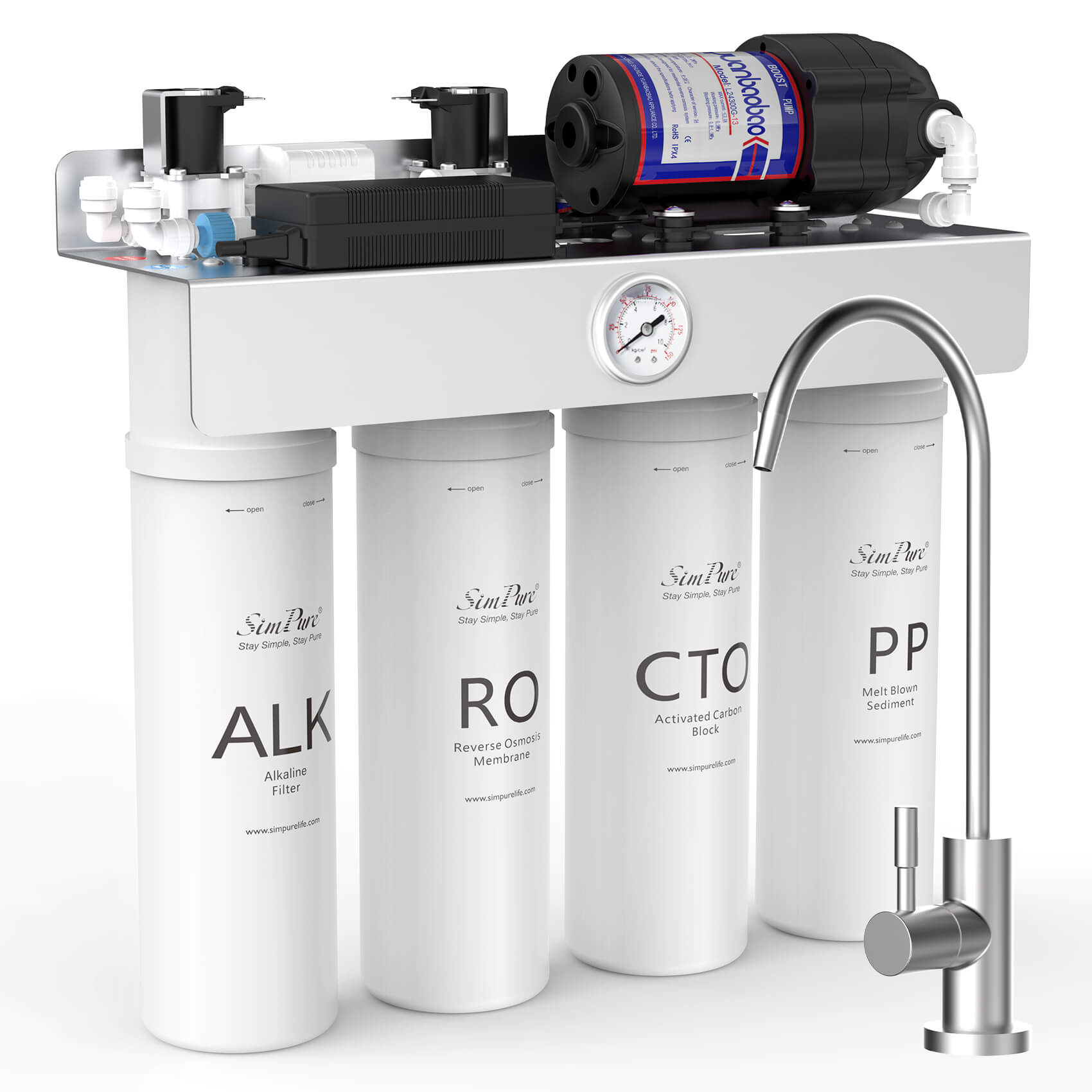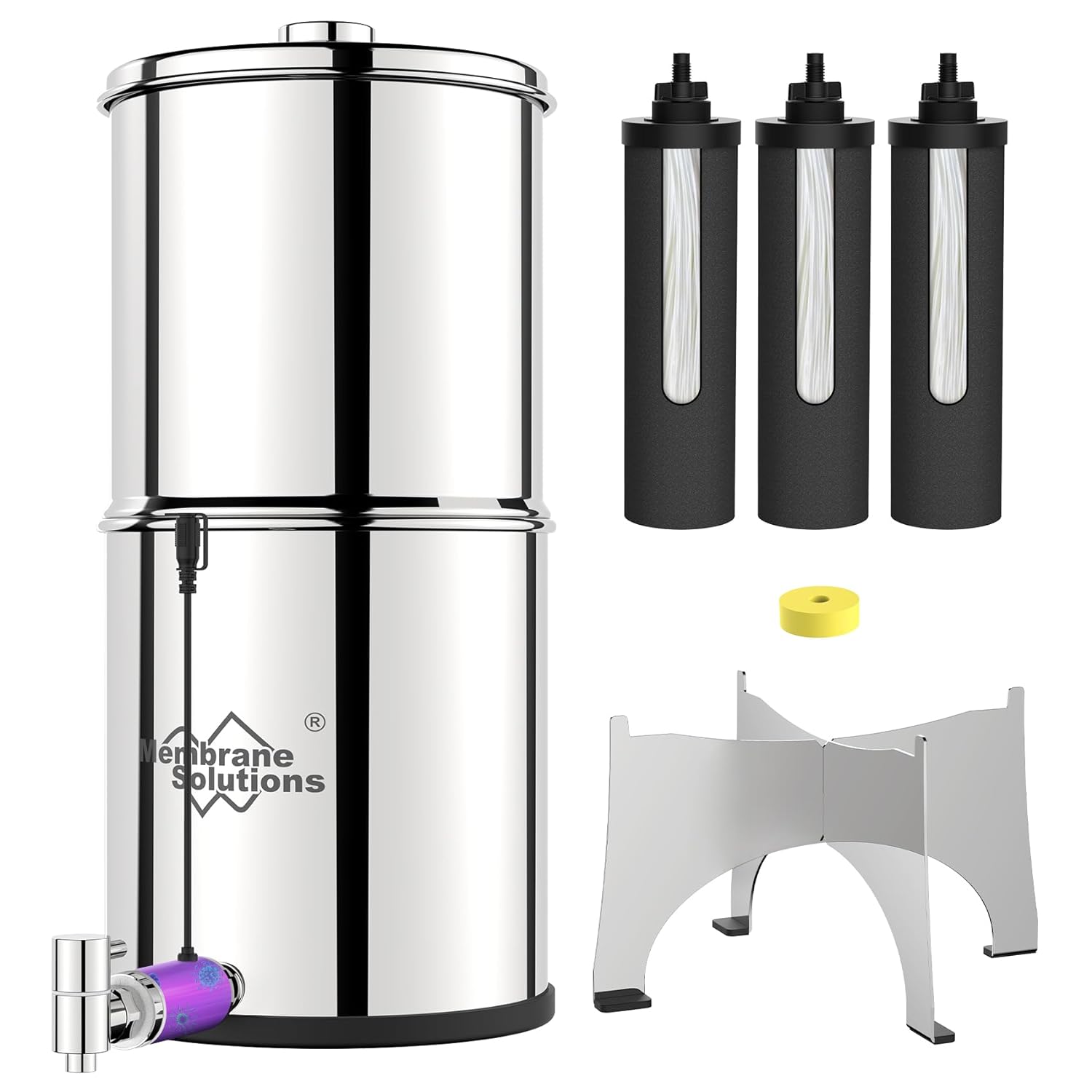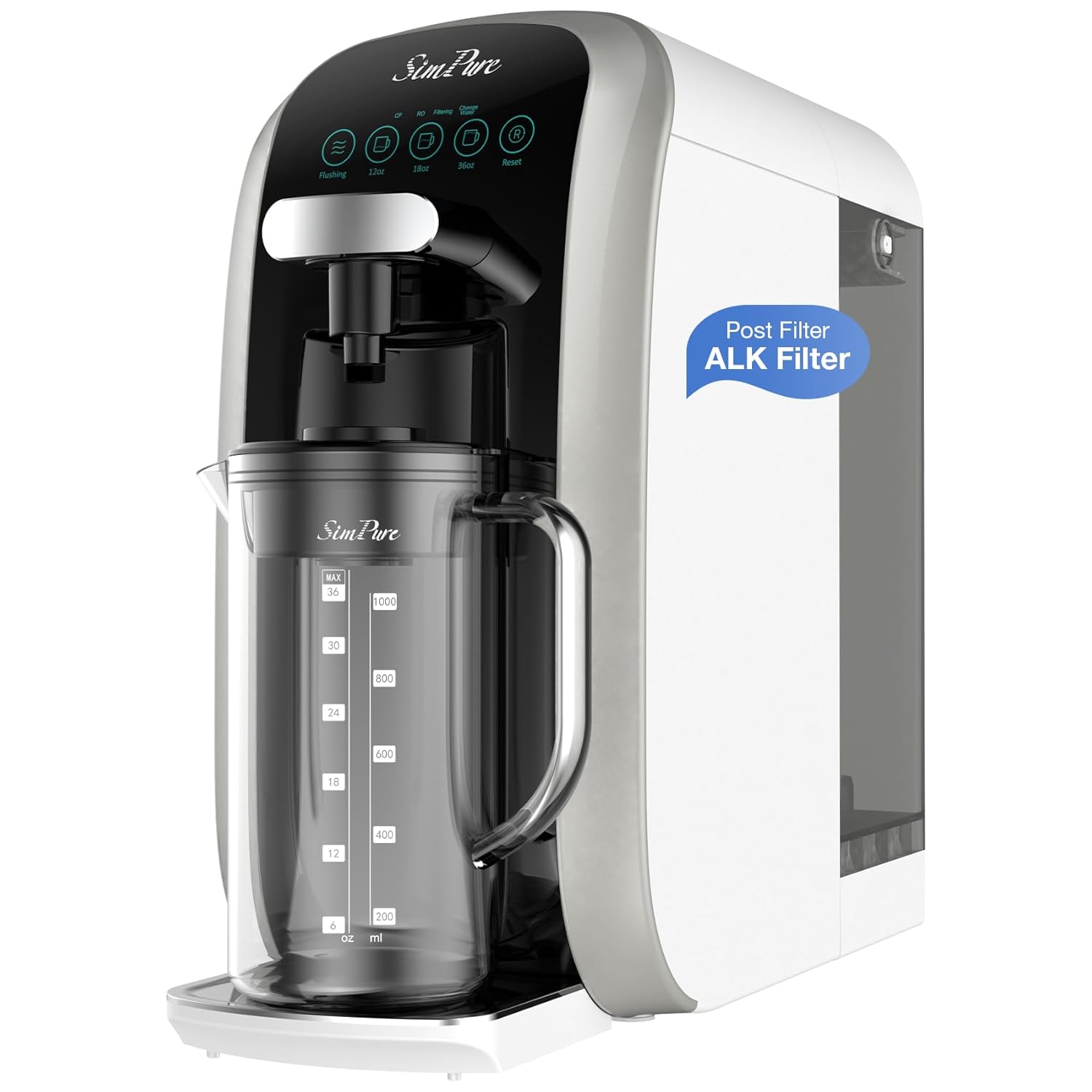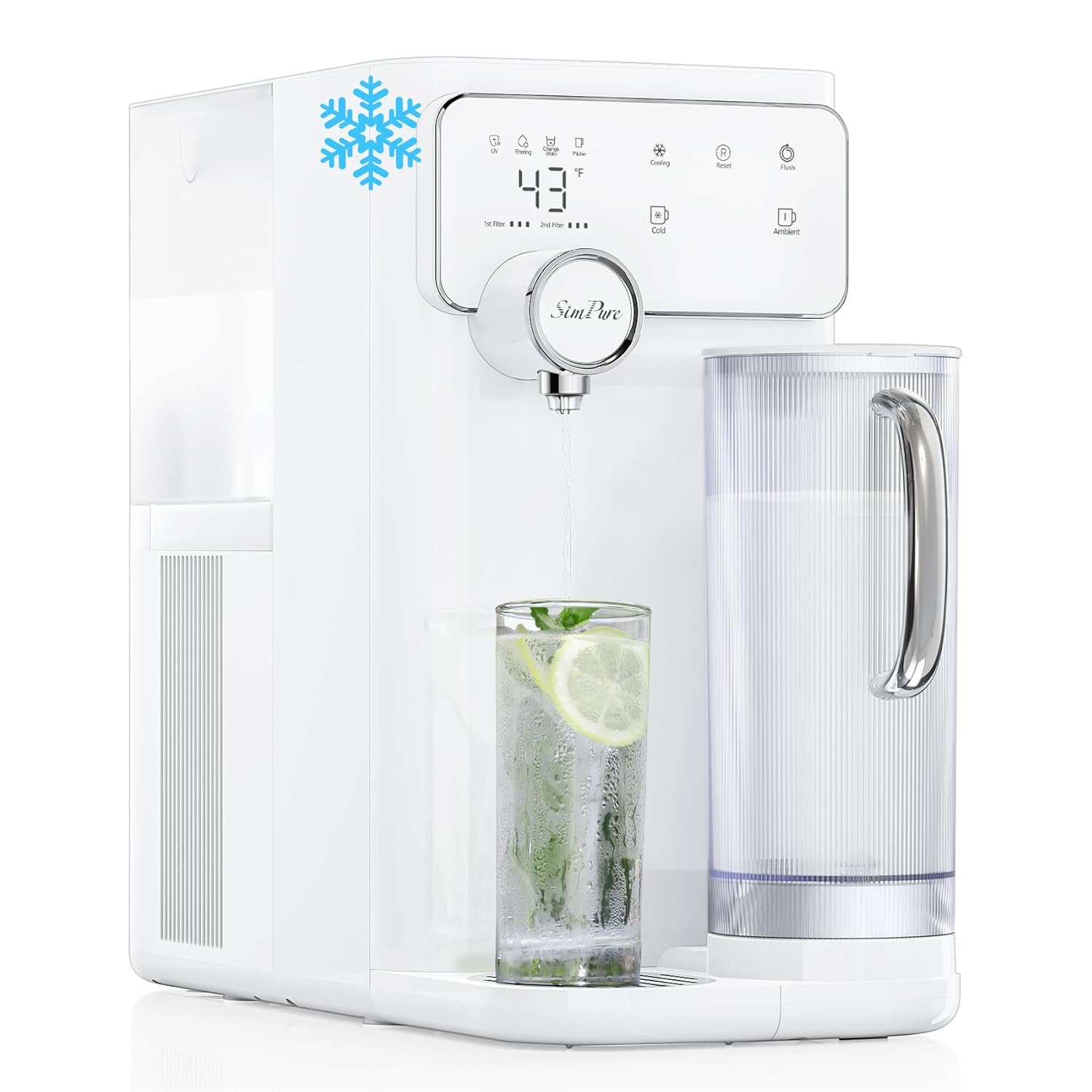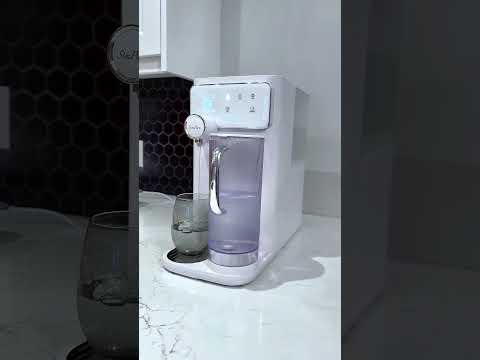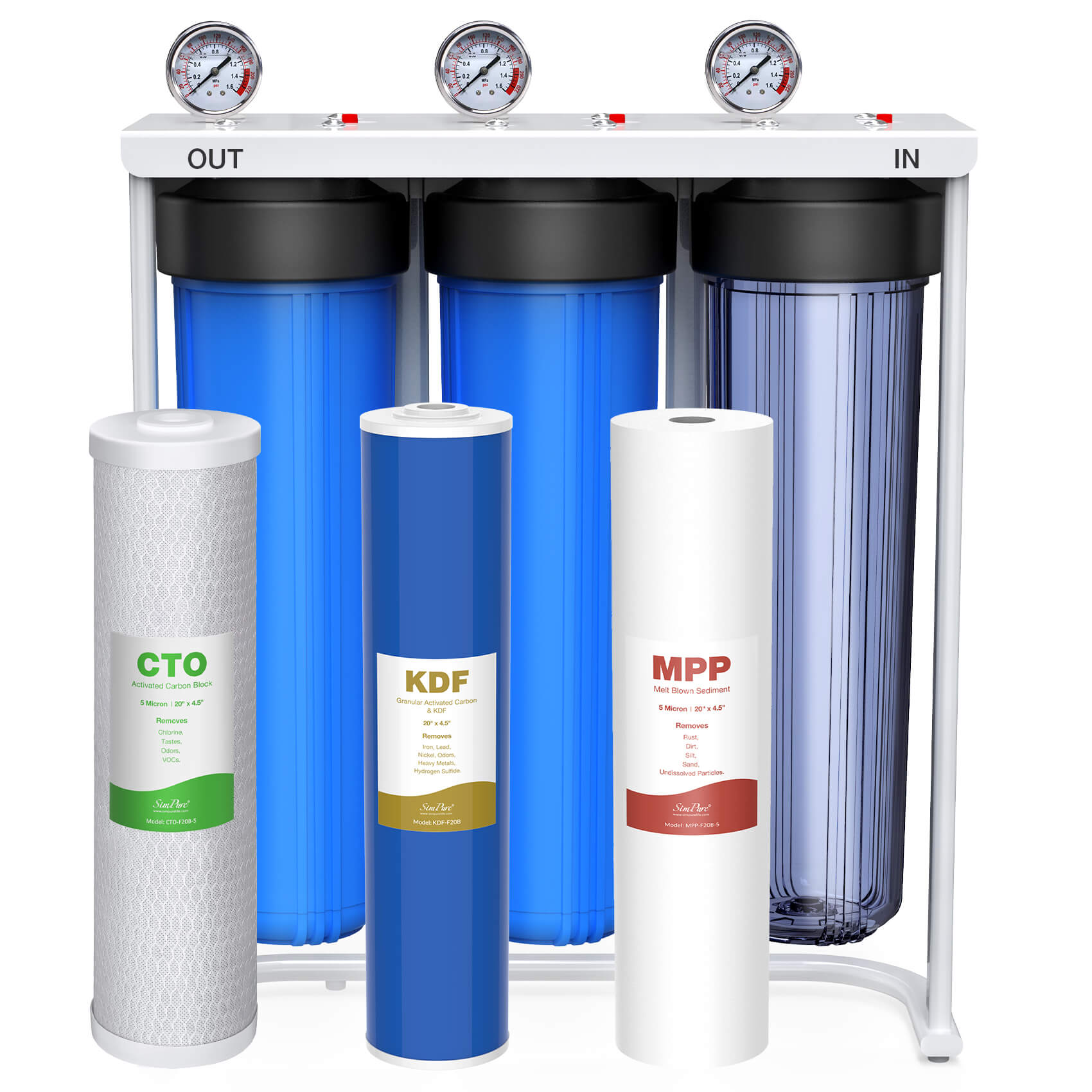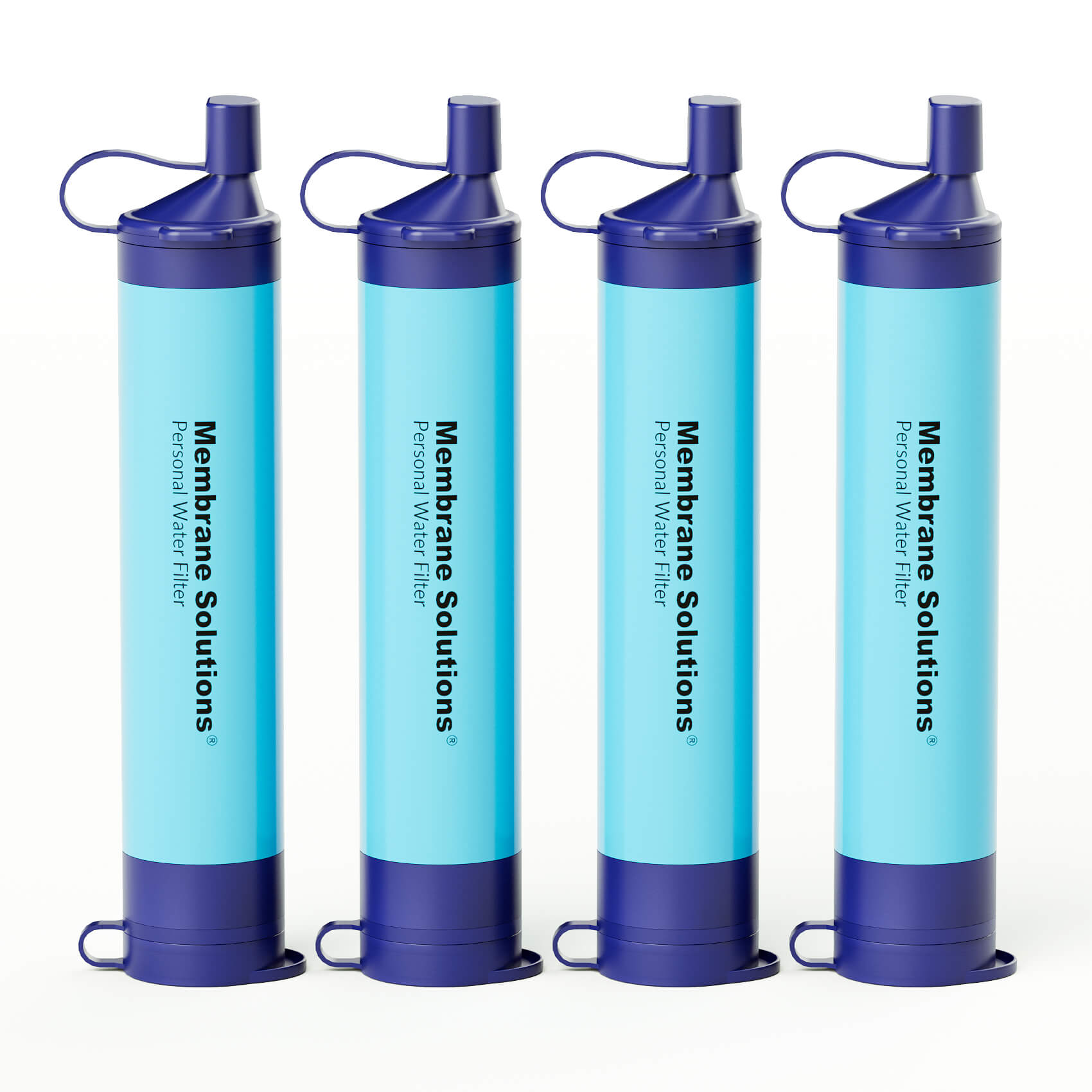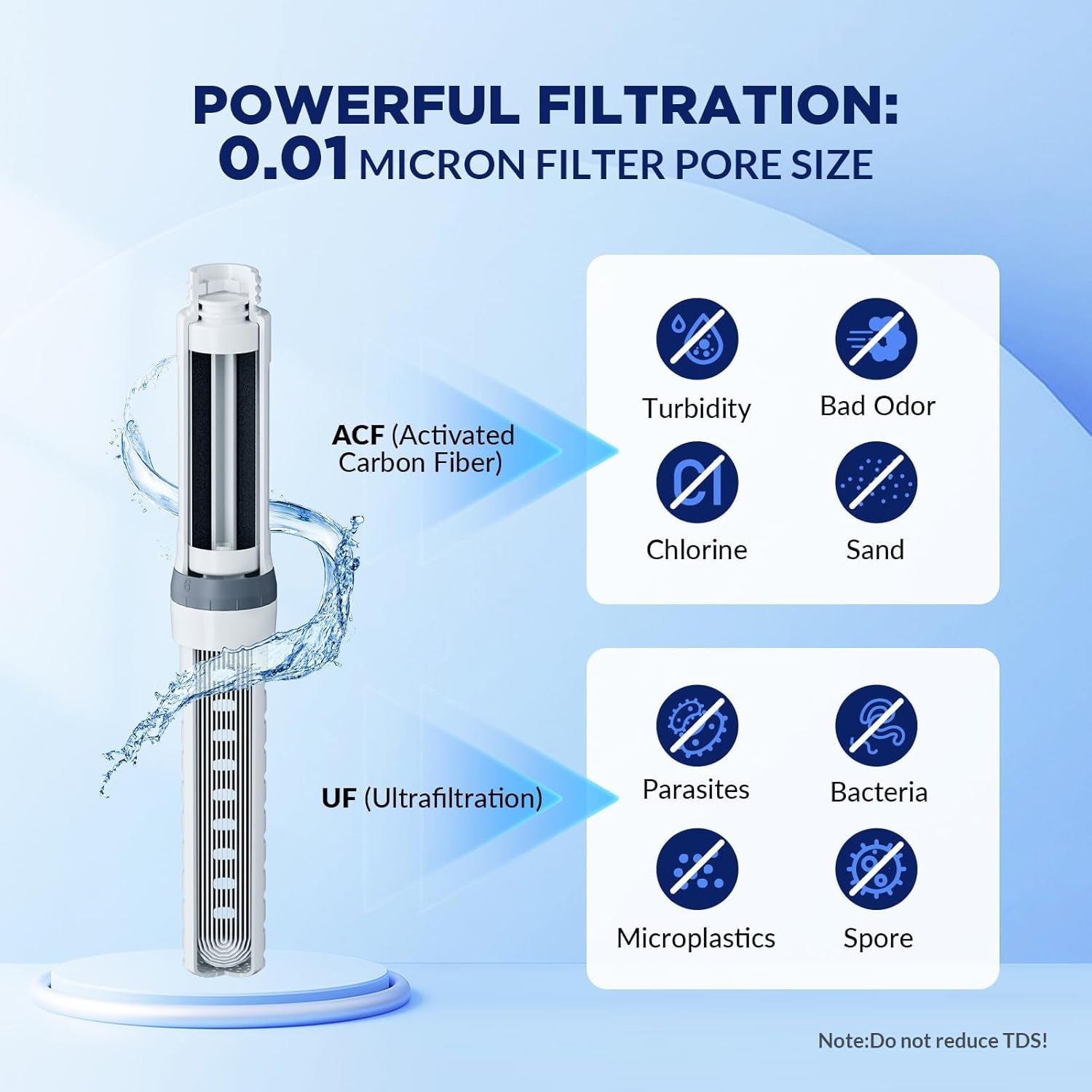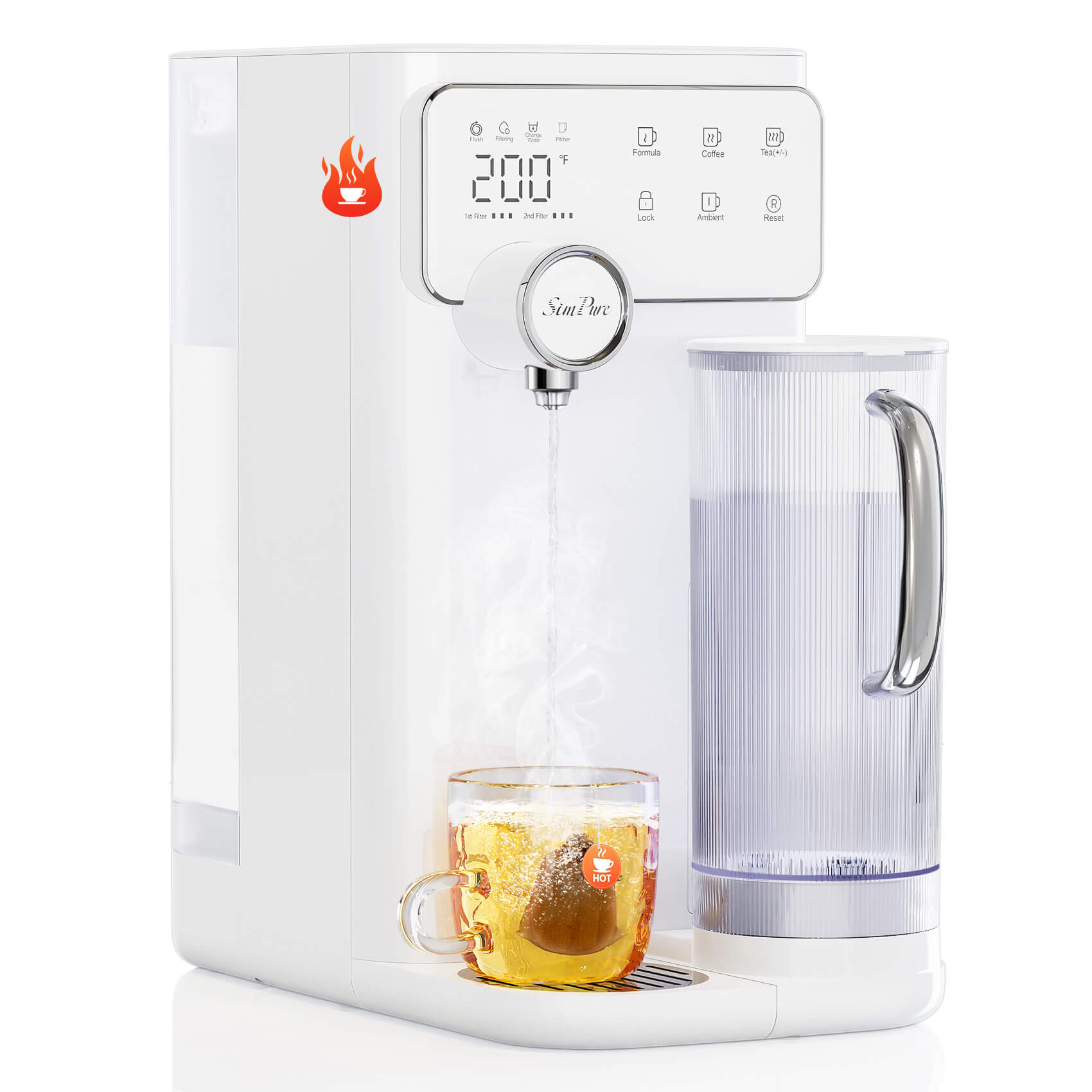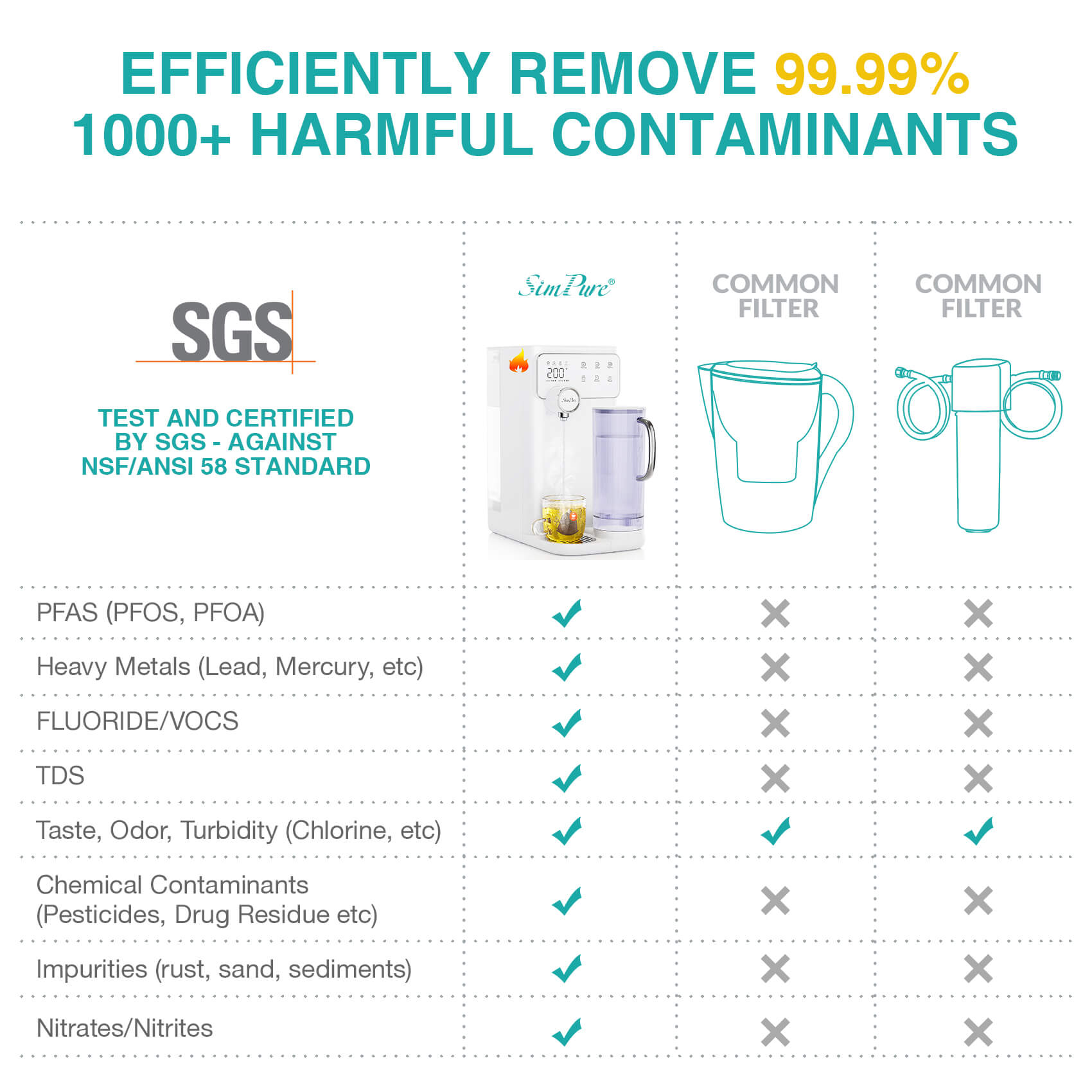Do you know how to test chlorine in water? Testing the levels of chlorine in water is an important part of ensuring the safety, quality, and compliance of water treatment systems. Chlorine is commonly used as a disinfectant to eliminate harmful pathogens and bacteria, but if the levels are too high, it can be toxic and pose a health risk. There are several methods available for testing chlorine levels in water, including visual test kits, chemical test strips, digital testers, and laboratory testing. Our goal in this article is to explore the comprehensive methods of measuring chlorine in water, in an effort to give you a satisfying answer.
Importance of Testing Chlorine Levels in Water

When there is a question of how to test chlorine in water, we first should know the importance of testing chlorine levels in water. Testing the chlorine levels in water is important for ensuring the safety, quality, compliance, and efficient operation of water treatment systems. Let us see the following reasons one by one:
Safety: Chlorine is commonly used as a disinfectant in water treatment to eliminate harmful pathogens and bacteria. However, if the levels of chlorine in the water are too high, it can be toxic and pose a health risk to humans and animals. Testing the chlorine levels helps ensure that the water is safe to use and drink.
Quality control: Chlorine is used to maintain water quality and ensure that it meets certain standards for potability. Testing the chlorine levels helps ensure that the water is being properly treated and is of good quality.
Compliance: Many countries have regulations for the amount of chlorine that can be present in drinking water, and water treatment facilities must comply with these regulations. Testing the chlorine levels helps ensure that the water is in compliance with these regulations.
Maintenance of water treatment equipment: Proper chlorine levels are important for maintaining the efficiency of water treatment equipment. Testing the chlorine levels helps ensure that the water treatment equipment is functioning properly.
How to test chlorine in water? Overview of the 4 Methods

Next, let's look at the methods for removing chlorine. We provide 4 methods for you to solve the question of how to test chlorine in water, and you can choose the method that is most suitable for you based on the actual situation. Whether you want to choose the best way to solve the question of how to test chlorine in water at home or how to measure chlorine level in pool.
1. Using Visual Test Kits to Check Chlorine Content in Water
Visual test kits are a simple and convenient way to check the levels of chlorine in water. Here are the detailed steps for using a visual test kit to check chlorine in water:
- Before starting the test, make sure you have the visual test kit, a clean water sample, and a light source.
- Fill a clean container with the water sample you want to test.
- Open the visual test kit and take out the test vial, reagents, and a color chart. Read the instructions carefully before proceeding with the test.
- Follow the instructions provided with the visual test kit to add the appropriate number of reagents to the water sample. Generally, the reagents are added to the test vial, which is then filled with the water sample.
- After adding the reagents, shake or stir the solution in the test vial to mix the reagents and water thoroughly.
- Allow the solution to react for the recommended amount of time, which is usually a few minutes. The length of time depends on the specific visual test kit you are using.
- Once the reaction time is up, hold the test vial up to a light source and compare the color of the solution to the color chart provided with the test kit. The color chart will have a range of colors, each corresponding to a different level of chlorine in the water.
- The color that most closely matches the color of the solution in the test vial will indicate the level of chlorine in the water sample.
- Write down the results of the test to keep track of the levels of chlorine in the water over time.
By following these steps, you can use a visual test kit to easily and accurately check the levels of chlorine in your water.
2. Using Chemical Test Strips to Measure Chlorine Concentration in Water
Chemical test strips are a simple and convenient way to check the levels of chlorine in water. Here are the detailed steps for using chemical test strips to check chlorine in water:
- Before starting the test, make sure you have the chemical test strips, a clean water sample, and a light source.
- Fill a clean container with the water sample you want to test.
- Open the chemical test strip container and take out a strip. Read the instructions carefully before proceeding with the test.
- Immerse the test strip into the water sample for the recommended amount of time, which is usually a few seconds. The length of time depends on the specific chemical test strip you are using.
- After the recommended immersion time, remove the test strip from the water sample and gently shake off any excess water.
- Hold the test strip up to a light source and compare the color of the strip to the color chart provided with the test strips. The color chart will have a range of colors, each corresponding to a different level of chlorine in the water.
- The color that most closely matches the color of the test strip will indicate the level of chlorine in the water sample.
- Write down the results of the test to keep track of the levels of chlorine in the water over time.
By following these steps, you can use chemical test strips to easily and accurately check the levels of chlorine in your water. It is important to follow the instructions provided with the test strips and to use the strips before their expiration date for accurate results. Chemical test strips are quick, easy, and inexpensive but may not be as accurate as other methods.
3. Using Digital Testers to Detect Chlorine Level in Water
Digital testers are an advanced and accurate way to check the levels of chlorine in water. Here are the detailed steps for using a digital tester to check chlorine in water:
- Before starting the test, make sure you have the digital tester, a clean water sample, and the appropriate batteries or power source.
- Fill a clean container with the water sample you want to test.
- Turn on the digital tester by following the manufacturer's instructions.
- Immerse the tester into the water sample, making sure the sensors on the tester are fully submerged.
- Wait for the tester to display the results, which usually takes a few seconds.
- The digital tester will display the level of chlorine in the water sample in parts per million (ppm) or milligrams per liter (mg/L).
- Write down the results of the test to keep track of the levels of chlorine in the water over time.
By following these steps, you can use a digital tester to quickly and accurately check the levels of chlorine in your water. It is important to follow the manufacturer's instructions and to regularly calibrate the tester to ensure accurate results. These electronic devices use a sensor to measure the chlorine level in the water. Digital testers are more accurate and precise than chemical test strips but can be more expensive.
4. Using Laboratory Testing to Determine the Amount of Chlorine in Water
Laboratory testing is the most accurate way to check the levels of chlorine in water, but it is also the most involved and time-consuming method. Here are the detailed steps for using laboratory testing to check chlorine in water:
- Before starting the test, make sure you have a clean water sample and the necessary materials and equipment for the specific laboratory test you will be using. This may include reagents, a spectrophotometer, and glassware.
- Fill a clean container with the water sample you want to test.
- Follow the instructions for the specific laboratory test you are using, which may involve adding reagents to the water sample, mixing the sample, and measuring the reaction using a spectrophotometer or other equipment.
- Use the data obtained from the test to calculate the level of chlorine in the water sample, following the instructions provided with the test.
- Write down the results of the test to keep track of the levels of chlorine in the water over time.
By following these steps, you can use laboratory testing to accurately determine the levels of chlorine in your water. This method is ideal for situations where precise measurements are necessary, such as when checking the safety of drinking water or monitoring the effectiveness of water treatment systems. However, it is important to use a reputable laboratory and to follow the instructions provided with the test to ensure accurate results. This method is more accurate and precise than other methods but also more time-consuming and expensive.
Each method has its advantages and disadvantages, and the best method to "how to test chlorine in water" will depend on the specific needs and requirements of the situation.
So What to Do If My Water has Chlorine After Testing?
After using the above methods to solve the question of how to test chlorine in water, what to do if my water has a high level of chlorine? If your water has a high level of chlorine, it is important to take steps to address the situation. Here are some ways to handle a high level of chlorine in your water:
1. Determine the Source
Determine the source of the high level of chlorine, which could be from your municipal water supply or from a point-of-use treatment system.
2. Ventilate the Area
If you are experiencing a strong chlorine odor or irritation, ventilate the area by opening windows or using a fan.
3. Flush the Plumbing
If a high level of chlorine is in your hot water, flush the plumbing by running the hot water for several minutes.
4. Install a Water Treatment System
Consider installing a water treatment system, such as a reverse osmosis system or activated carbon filter, to reduce the level of chlorine in your water.
5. Use Bottled Water
If you are concerned about the safety of your drinking water, use bottled water until you are able to address the high level of chlorine.
6. Contact Your Water Provider
If a high level of chlorine is coming from your municipal water supply, contact your water provider to inquire about the situation and to determine if there is an issue that needs to be addressed.
It is important to note that chlorine is added to water as a disinfectant to eliminate harmful pathogens and bacteria. Although high levels of chlorine can be toxic, it is also important to maintain a certain level of chlorine in the water to ensure its safety.
Best Way to Remove Chlorine from Water: Using a Water Filter
The best way to remove chlorine from water is by using a water filter especially Reverse Osmosis System Water Filter. A water filter works by removing impurities and contaminants, including chlorine, from your water. There are several types of water filters that can effectively reduce the levels of chlorine in your tap water, including:
Activated Carbon Filters: These filters use activated carbon to absorb chlorine and other contaminants from the water. They are effective and affordable but may need to be replaced frequently to maintain their effectiveness.
Reverse Osmosis Filters: Reverse osmosis filters use a semi-permeable membrane to remove chlorine and other contaminants from the water. They are effective but can be a little bit of expensive and require frequent maintenance.
Ion Exchange Filters: These filters use ion exchange resin to remove chlorine and other contaminants from the water. They are effective and long-lasting but can be expensive.
It is important to choose a water filter that is appropriate for your specific needs and budget. You can read this blog to get the best water filter to remove chlorine. Regardless of the type of filter used, it is important to regularly maintain and replace the filter to ensure its effectiveness in removing chlorine from your water. By using a water filter, you can effectively reduce the levels of chlorine in your water and ensure that it is safe and of high quality.
To be concluded, how to test chlorine in water is a question that needs we explore more, for testing the levels of chlorine in water is a crucial step in maintaining the safety, quality, and compliance of water treatment systems. Whether you use a visual test kit, chemical test strip, digital tester, or laboratory analysis to measure chlorine in water, it is important to choose a method that is appropriate for your specific needs and budget. Regular testing can help you ensure that the levels of chlorine in your water are within safe and acceptable limits. At the same time, when the chlorine content in the water in your home is high, it is best to consider installing a water filter.



